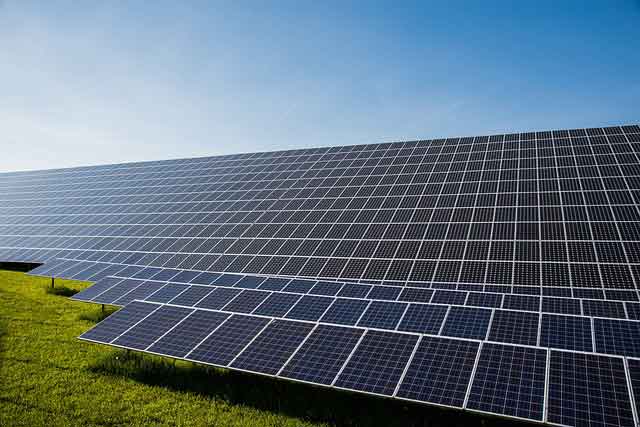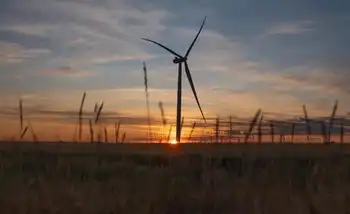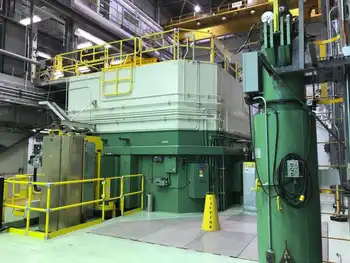Report backs Ohio wind power
By Knight Ridder Tribune
Electrical Testing & Commissioning of Power Systems
Our customized live online or in‑person group training can be delivered to your staff at your location.

- Live Online
- 12 hours Instructor-led
- Group Training Available
The latest modeling shows that a number of areas in Ohio have sufficient wind at heights of 100 meters to support commercial turbines that would produce clean electricity, said Dennis Elliot of the U.S. Department of Energy's National Renewable Energy Laboratory.
While much of Northwest Ohio has potential, the best sites for wind turbines are north of Springfield, west of Mansfield, south of Sandusky and along the Lake Erie shoreline, Elliot said today in a teleconference arranged by Environment Ohio, a statewid eco-group. "Ohio's wind energy potential actually exceeds the electricity demand of the entire state of Ohio," he said.
Previous studies at lower heights had indicated that Ohio only had winds that were marginal at best for wind power, but that's not the case, said the Colorado-based Elliot. Wind towers will have to be built to confirm the wind speeds before wind power can be commercially developed, he said.
The new analysis has been used in 30 states, Elliot said, and the National Renewable Energy Laboratory has revisted some states like Ohio that earlier had been dismissed for having insufficient winds. He said federal officials are fairly confident in the new assessment, which shows Ohio wind speeds in excess of 7 meters per second - the speed needed for commercial development.
Technologies also have improved, he said, and wind companies are building towers that are 100 meters tall and even taller to catch the best winds. Elliot estimated that Ohio could very easily support wind farms that could generate 20 percent of the state's electricity. The new analysis looked only at on-land sites, although the National Renewable Energy Laboratory is doing an on-water wind analysis of the Great Lakes, including Lake Erie, that should be completed in about six months.
The news of Ohio's wind potential was greeted with enthusiasm, along with a call for legislative action. Richard Stuebi, of the Cleveland Foundation, said developing wind power could provide a major economic boost to Ohio.
However, Amy Gomberg of Environment Ohio, said laws need to be passed to require utilities like FirstEnergy Corp. and American Elecetric Power to generate from 10 to 20 percent of their electricity from wind power. To date, 22 states have adopted such rules to promote wind power as a non-polluting alternative energy source, she said, and Ohio utilities are working to provide wind power in other states.
The National Renewable Energy Laboratory report, with a map showing the best sites for wind turbines, is available at www.environmentohio.org.











